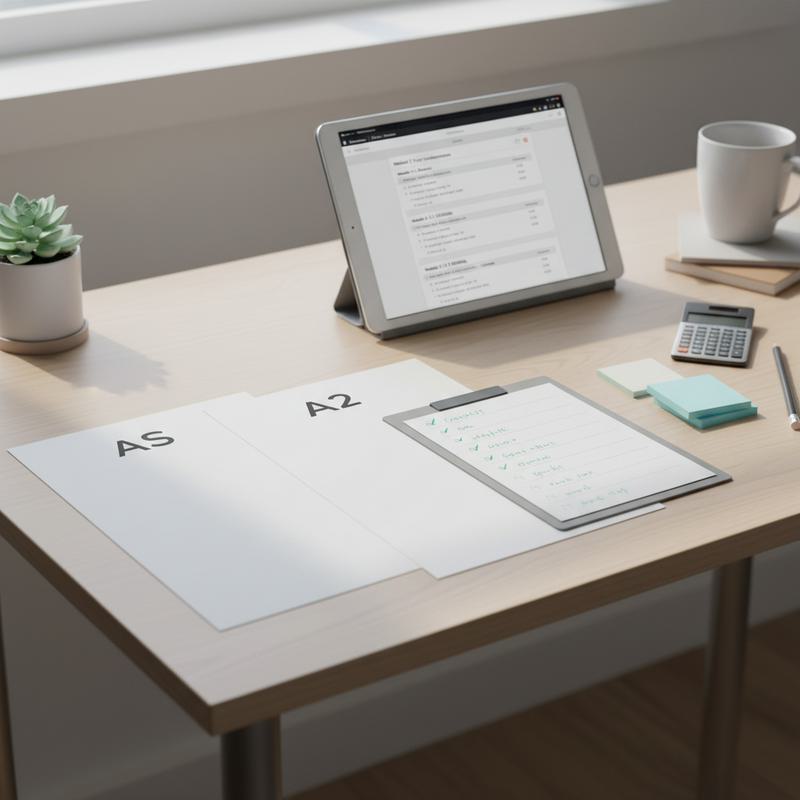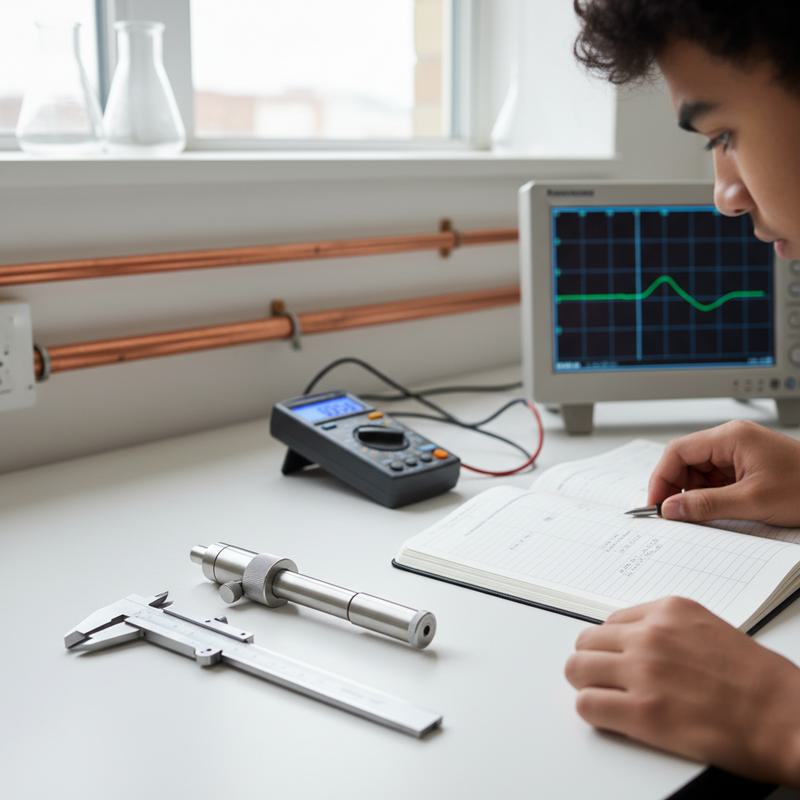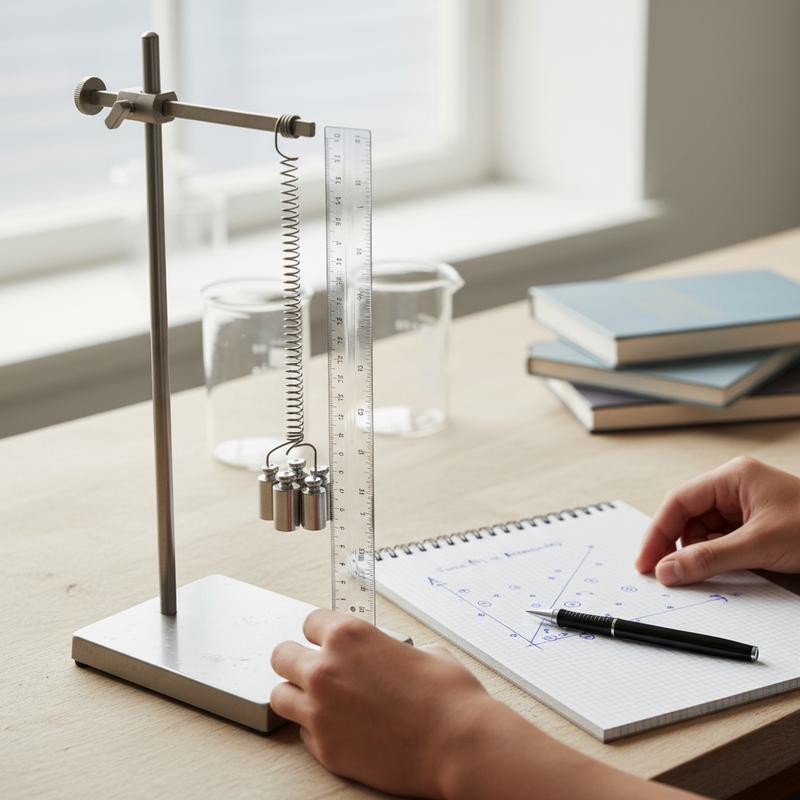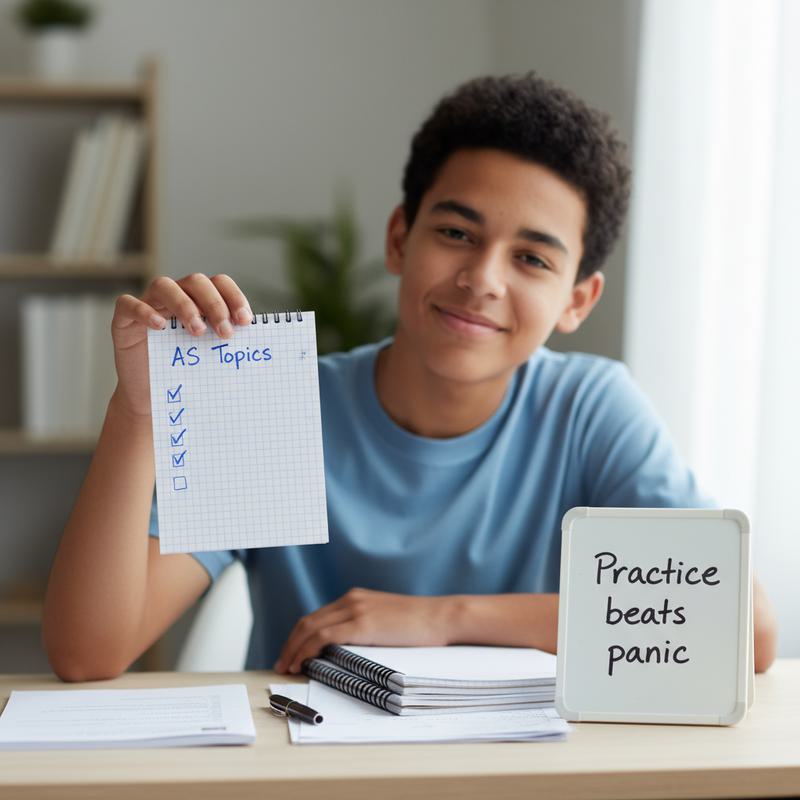Let’s be real: “physics” sounds both impressive and a little terrifying. Stick with me for five minutes and a packet of brain snacks — I’ll make CAIE A‑level Physics (9702) feel less like dark magic and more like a useful, slightly nerdy superpower. This guide covers the 2025–2026 landscape, what you’ll be expected to do, practical skill tips, study strategies, and a concrete Hooke’s Law example so you can practise the exact thinking examiners reward. (Official syllabus links and past paper sources are in References.)

Demystifying the syllabus: AS vs A2 — what you actually need to know
Hot take: the 9702 syllabus is not a surprise monster — it’s a layered cake. AS is the foundation layer: units and measurement, kinematics, Newton’s laws, forces and equilibrium, energy ideas, simple elasticity, basic waves, and DC electricity. A2 is the sequel: gravity, circular motion, thermodynamics, oscillations and interference, electromagnetism including AC, plus quantum and nuclear basics and optional applied topics like medical physics or astrophysics. The 2025–2027 syllabus clarifies learning outcomes so teachers and students know exactly what’s expected.
Why the split matters: A2 assumes you can handle vectors, graphs and energy concepts without crying. If those basics wobble, A2 will feel like trying to sprint before you can crawl. Practical tip: create an AS checklist and tick topics off as you feel confident — it’s oddly satisfying and very useful for planning revision.
(Official wording is in the Cambridge syllabus PDF — see References.)

How you’ll be assessed (spoiler: past papers = gold)
Exam structure for CAIE 9702 revolves around written papers and practical-assessment evidence. The layout you’ll see from Cambridge specimen materials and past papers typically includes multiple-choice/short-answer AS papers, structured long-answer papers, and separate practical assessment components that test planning, data handling and evaluation.
Quick summary of common papers:
- Paper 1 (AS): multiple-choice or quick-recall questions and short calculations.
- Paper 2 (AS): structured and short-answer questions with calculations.
- Paper 3: practical skills — data handling, uncertainty, apparatus use and interpretation.
- Paper 4 (A2): longer analytical problems and multi-step explanations across A2 topics.
- Paper 5: experimental planning, analysis and evaluation — design an experiment, identify errors, and suggest improvements.
Exam strategies that actually work:
- Do timed past papers under exam conditions (phones off, timer on). Use official mark schemes to mark your work and learn how marks are awarded.
- Master command words: “describe” = what you see; “explain” = reasons or mechanisms; “evaluate” = weigh pros/cons and make a judgment.
- Focus on practical questions: learn to identify systematic vs random errors and propose realistic improvements — these are high-yield in the mark scheme.
- Read examiner reports for common mistakes. They tell you which answers lose marks and why.
Cambridge runs exam series in different months depending on country — check with your centre or the qualification page for details.

Practical skills explained (and how to stop hating error analysis)
Uncertainty and error analysis look dry on paper but they’re your credibility in the lab. Saying a value is “12.3 ± 0.2” is like showing receipts: you actually did the experiment and you know its limits.
Core practical skills you should practise:
- Instrument reading: micrometers, vernier calipers, multimeters and oscilloscopes. Learn to estimate the least-count uncertainty.
- Data handling: neat tables, labelled graphs, error bars, line-of-best-fit techniques and understanding slope as gradient.
- Experimental design: choose independent, dependent and controlled variables, pick sample sizes, and justify apparatus choices.
- Evaluation: spot systematic errors (e.g., zero offset), random errors (reaction time), and propose realistic improvements.
Habit to build: keep a tidy lab notebook (Procedure | Raw data | Processed data | Uncertainty calculations | Short conclusion). That structure mirrors what examiners expect and makes answering practical questions far easier.
If your school lab is limited, use simulations and video-based data to practise analysis — PhET simulations are great for designing and testing experiments virtually.

Hooke’s Law walkthrough: measurement, graphs, and how not to mess it up
Concrete example time. Verifying Hooke’s Law is a classic practical that ties together measurement, graphing and uncertainty.
Plan (exam-style):
- Procedure: measure unstretched spring length L0 accurately. Add known masses m and measure stretched length L for each. Calculate extension
x = L − L_0. Repeat each measurement (at least 3 repeats recommended) and use at least six mass values across the elastic region. - Data recording: table with mass (kg), force (N = mg), extension (m), and uncertainties. If your ruler reads to 1 mm, use ±0.001 m for length; justify any uncertainty you report.
- Graph: plot force (vertical) vs extension (horizontal). Fit a straight line — the gradient is the spring constant k (
F = kx). - Uncertainty treatment: include error bars for extension and force where appropriate. Use the uncertainty in the gradient from your line fit to quote k ± Δk. If you can’t do a formal fit, estimate upper/lower gradient by drawing worst-case lines of fit and find Δk from the spread.
- Evaluation: discuss possible problems — spring may go nonlinear at large extension, parallax when reading the scale, oscillations when the mass isn’t settled, or friction at fixtures. Propose improvements: use a more precise length sensor, allow the mass to settle before measuring, repeat and average, and ensure measurements stay in the elastic region.
Why this wins marks: it demonstrates planning, correct identification of variables, sensible uncertainty estimation, and realistic improvements — exactly what Paper 3/5-style questions look for.
Practice a handful of these experiments (Hooke’s Law, focal length of a lens, acceleration on a slope) until the planning, measurement and evaluation sequence becomes second nature.

Study strategies that actually work + actionable steps for tomorrow
You don’t need to become a physics monk — you need reliable habits. Try these, and you’ll see progress without burning out.
High-impact methods:
- Active practice: read an example, close the book, then solve a similar problem. Repeat until the method sticks.
- Maths-first: algebra and trig are non-negotiable. Learn rearranging formulas, vector basics and simple calculus ideas that appear at A2. If you want a focused walkthrough, see our No‑Sweat Guide to CAIE A‑Level Mathematics 9709 (2025–26) for targeted revision tips and worked examples that pay off across physics.
- Spaced repetition: study, rest, then review. It beats late-night cramming and gives longer retention.
- Past papers + mark schemes: practise, mark, and learn from the examiner’s comments. Time yourself to build exam stamina.
- Teach out loud: explain a concept to a friend, parent or even your pet. If you can explain it simply, you really understand it.
- Build formula maps: making a one-page summary for mechanics, waves, electricity and thermal topics helps memorisation—even if you can’t take them into the exam.
Actionable to-dos for tomorrow:
- Make your AS topic checklist and highlight weak areas.
- Do one past paper under timed conditions this week and mark it with the official mark scheme.
- Start or clean up your lab notebook template: Procedure | Raw data | Processed data | Uncertainty | Conclusion.
- Spend one week consolidating algebra and vectors — these pay off across the whole syllabus.
- Watch 2–3 PhET simulations to practise experiment design if lab access is limited.
- Create a one-page formula map for one topic this weekend — the act of making it helps memory.
Small, consistent steps beat heroic all-nighters. Your future self will thank you.

FAQs & final tips
Q: What’s the real difference between AS and A2?
A: AS gives core skills and concepts. A2 goes deeper and more mathematical. Don’t rush A2 until the AS foundations are solid.
Q: How much practical work do I really need?
A: Quite a bit. You’ll be tested on measurement, data handling and evaluation in written papers — practice these regularly.
Q: Is A‑level Physics impossible without strong maths?
A: No — but strong algebra and trigonometry make life much easier. Basic calculus appears at A2 but is manageable if you build skills steadily. For extra support, check our No‑Sweat Guide to CAIE A‑Level Mathematics 9709.
Q: Where do I find specimen and past papers?
A: Cambridge International’s qualification page and past papers search hold specimen materials, past papers and examiner reports — start there and download the official mark schemes.
Q: Any big changes for 2025–2026?
A: The 2025–2027 syllabus clarifies learning objectives but keeps core topics familiar — always check the official PDF for exact phrasing.
Q: What subjects pair well with Physics?
A: Mathematics is the most natural pairing (heavy overlap in techniques and problem-solving). If you’re weighing other options, many students pair Physics with Economics — our Econ, But Friendly: CAIE A‑level Economics (9708) Starter Guide explains how that combination works practically and for university applications.
Final tip: physics is a set of learnable skills, not a secret test of genius. Master the basics, practise deliberately, use past papers and examiner reports, and you’ll turn confusion into clarity. And yes — a few of these topics will appear on the test.
References
- Cambridge Assessment International Education — Cambridge International AS & A Level Physics 9702 Syllabus (2025–2027): https://www.cambridgeinternational.org/Images/664565-2025-2027-syllabus.pdf
- Cambridge International — 9702 Physics qualification page (specimen papers, past papers, examiner reports): https://www.cambridgeinternational.org/programmes-and-qualifications/cambridge-international-as-and-a-level-physics-9702/past-papers/
- PhET Interactive Simulations — Free physics simulations for experiment practice: https://phet.colorado.edu
- Khan Academy — Physics resources & maths revision (algebra/trigonometry/calculus basics): https://www.khanacademy.org/science/physics
- Related 3AUK guides: No‑Sweat Guide to CAIE A‑Level Mathematics 9709 (2025–26)
- Related 3AUK guides: Econ, But Friendly: CAIE A‑level Economics (9708) Starter Guide